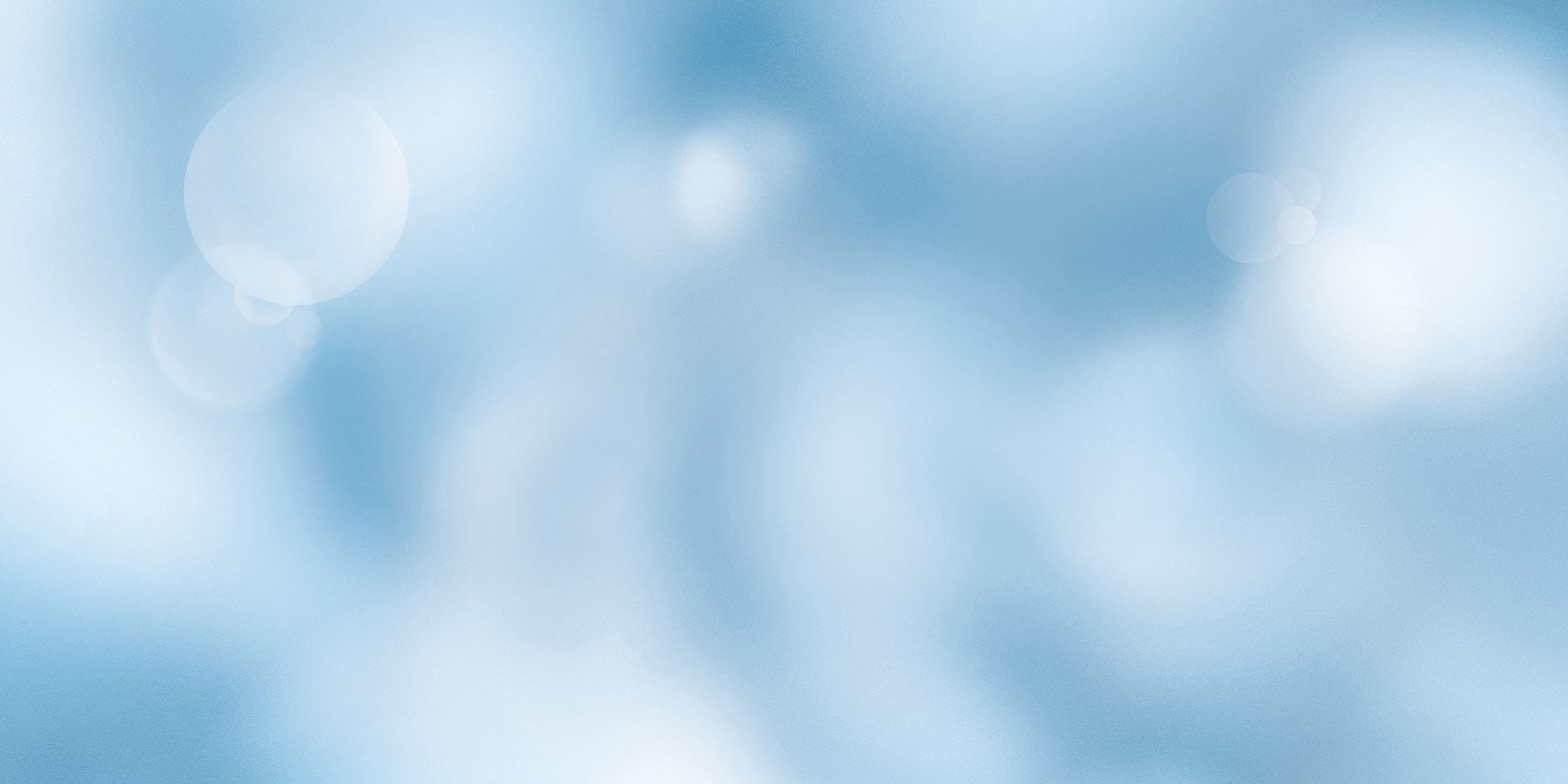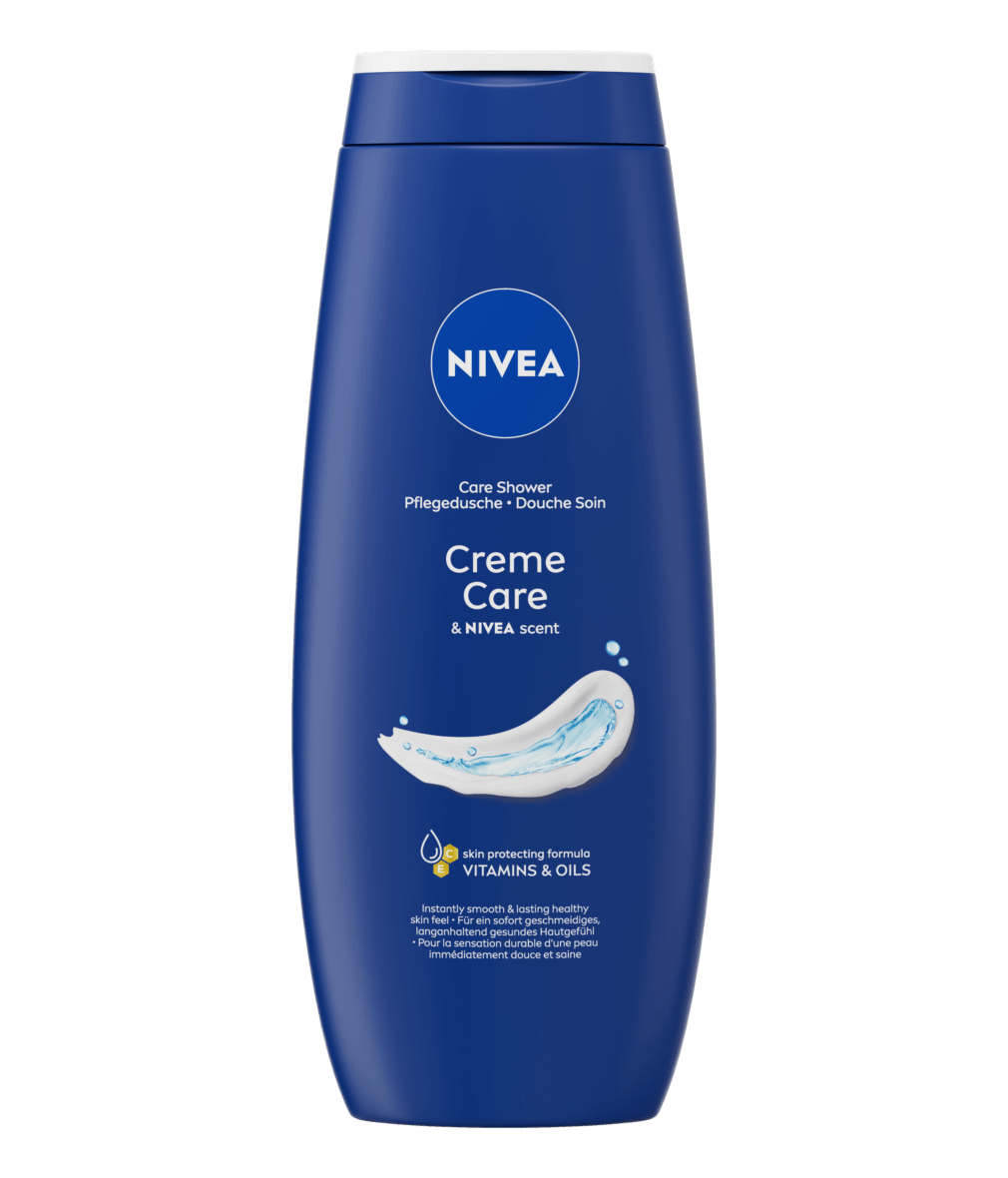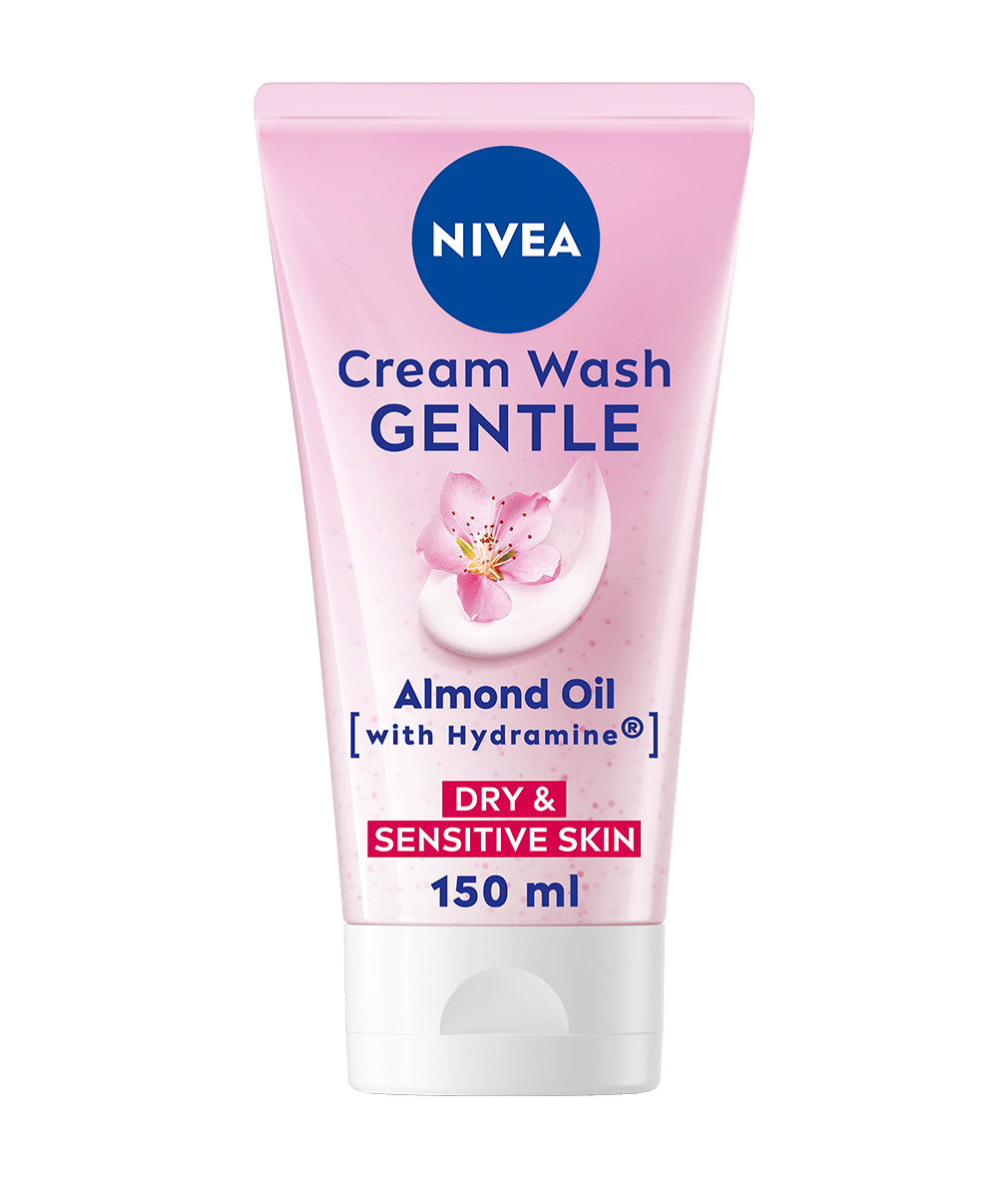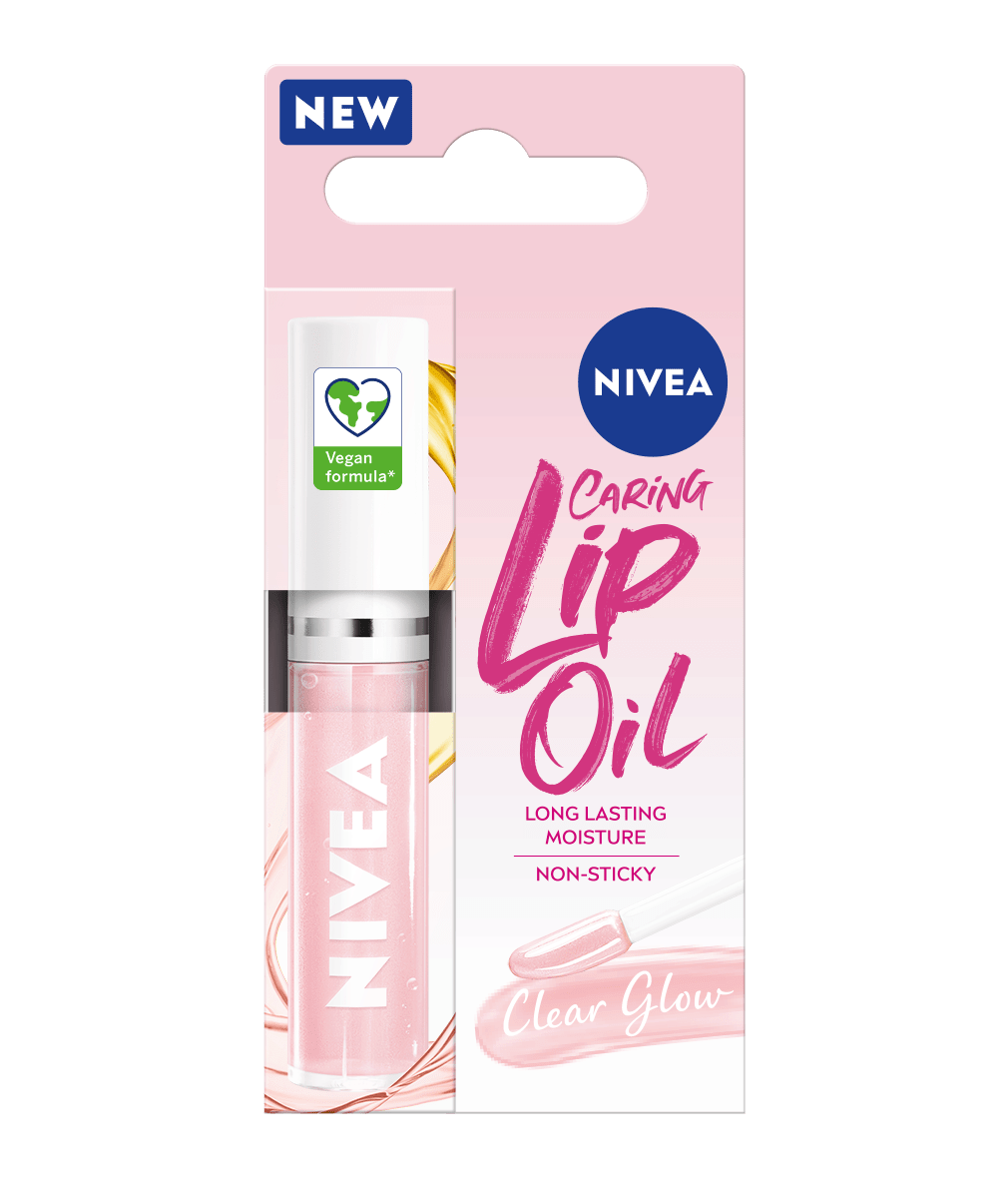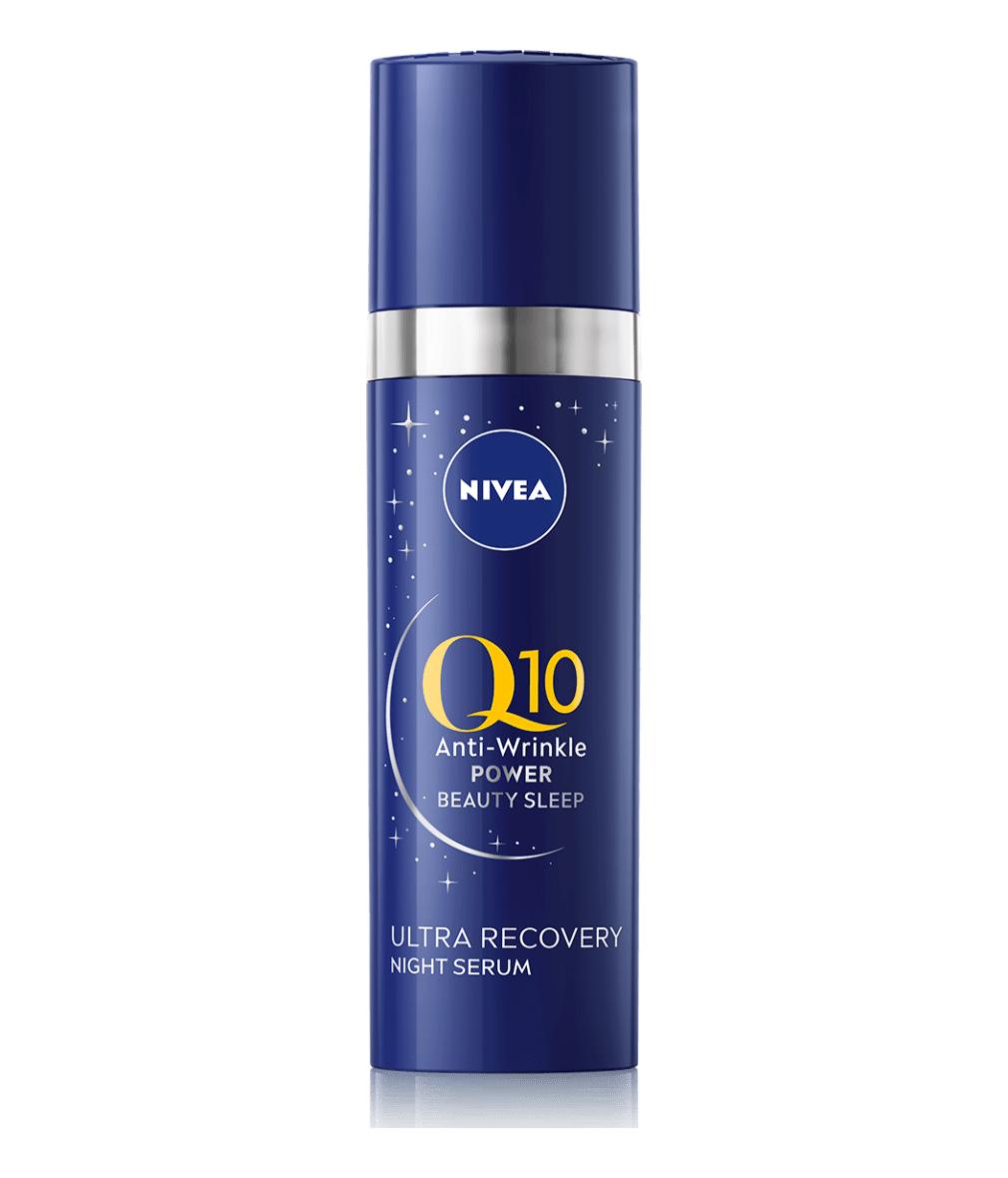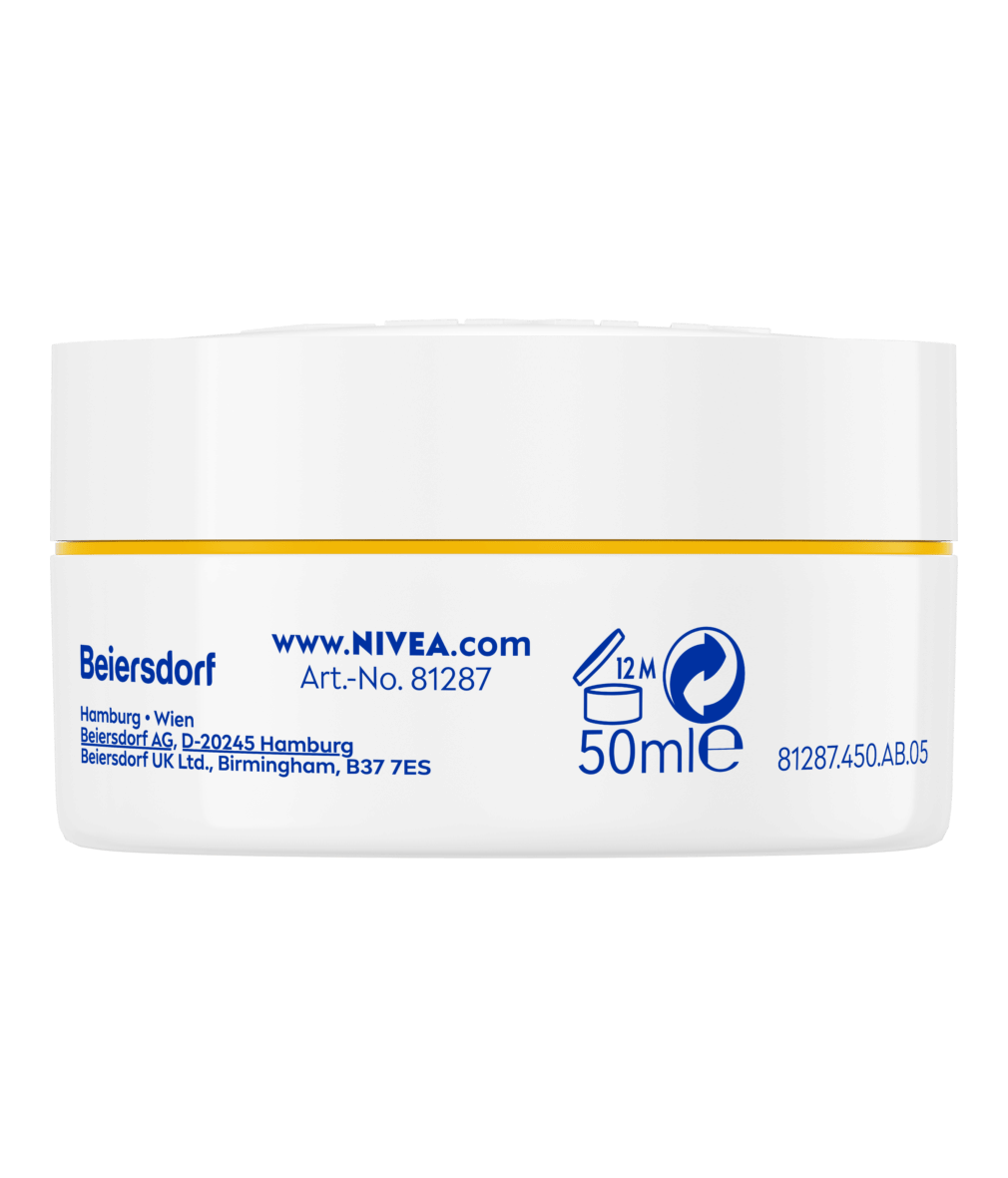Always remove your make-up before going to bed. Cleansing your face in the evening is particularly important, as eyelashes can break off and make-up residue can result in spots and red patches. To get rid of mascara and the rest, we recommend make-up removal products that have been developed specially for the eyes, such as NIVEA’s In-Shower Make-up Remover for normal skin. These help you remove your make-up gently and thoroughly while you shower.
The make-up remover that is best suited to you depends on the make-up you’ve used. A light eye shadow or eyeliner can be removed gently with an oil-free product. Waterproof mascara should be removed with an oily alternative such as the gentle Waterproof Eye Make-up remover. Make-up on your cheeks, nose, forehead and chin can be removed easily with cleansing wipes or a washing lotion.
Incidentally, even if you haven’t been wearing make-up, you should cleanse your face every evening anyway as dust and sweat collect on your skin throughout the day. These can naturally result in irritations and blemishes.
Refreshment for the complexion
The second step after facial cleansing is toning. Products for toning the skin remove water-soluble residues such as sweat, dirt and the remains of cleansing products. What you should know: Never use a toner on its own – it only serves to refresh and calm the skin and to prepare it for subsequent moisturising. When toning, always ensure that the toner suits the requirements of your skin.




